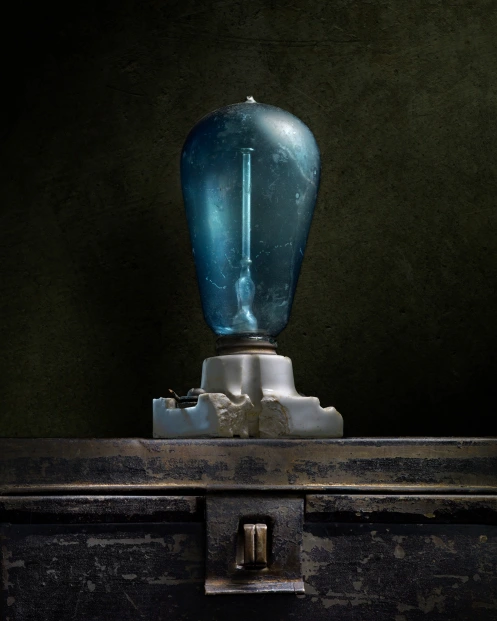
*****
For many years, I have been hosting my Light Painting Photography blog here on WordPress, which has served me very well, and I wish to thank my subscribers and followers!
Now that my Light Painting The Still Life Workshop has moved over to an online video course, I have decided to bring my Light Painting blog over to the same platform.
This WordPress blog will remain active for reference to the many articles that I have created over the years, and you will be able to view the student images and testimonials on my new light painting website
Any future articles will be posted on my new blog website and will not be posted here, so if you sign up for notifications to this WordPress blog, this is just a reminder that there will be no new articles here.
If you haven’t already done so, please subscribe to follow my new blog, which will feature articles on my light painted images, techniques, and other light painting topics!
Thank you so much and I’ll see you over there!
Harold Ross
*****
